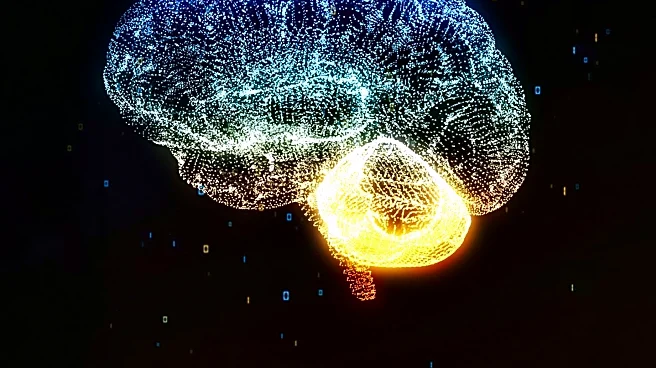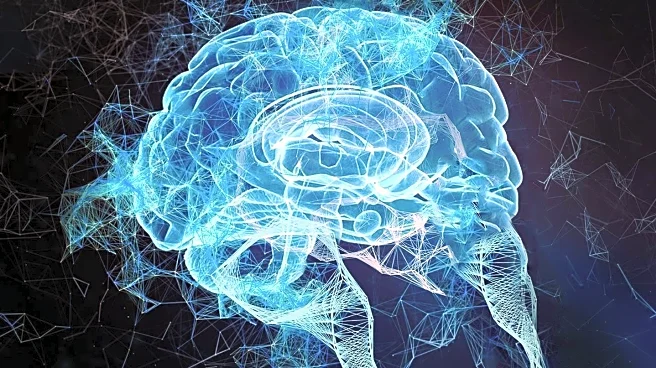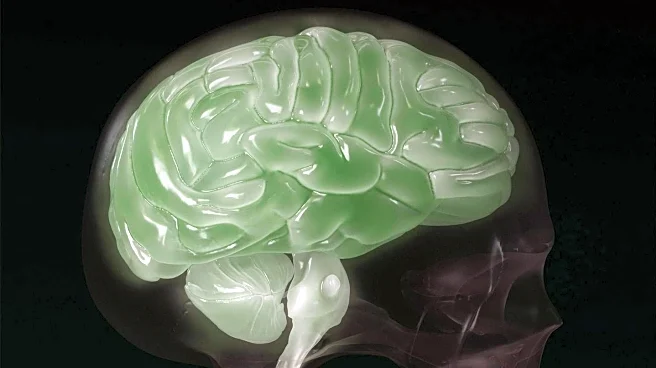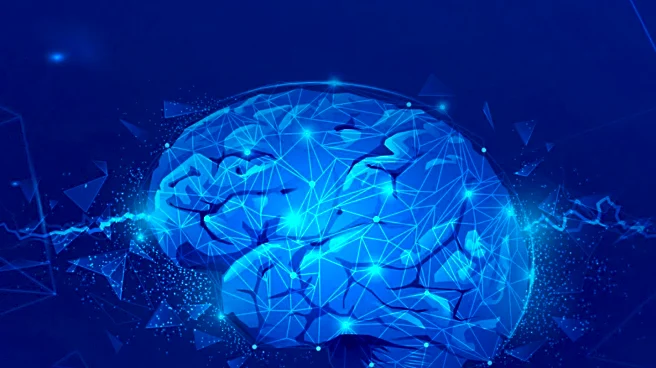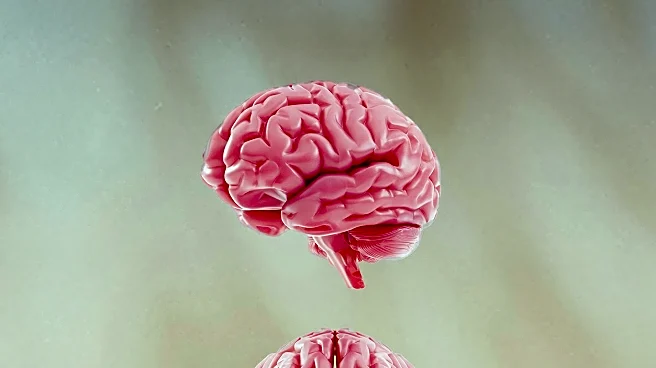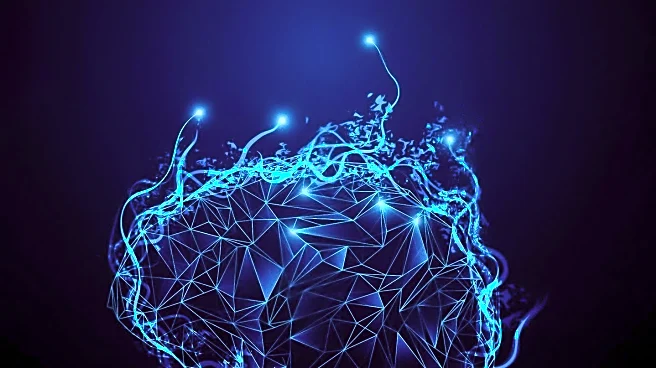What is the story about?
What's Happening?
A recent study has investigated the role of the rostral anterior cingulate cortex (rACC) in emotion processing among individuals with Treatment Resistant Depression (TRD). The research focused on the connectivity of the rACC, a key region within the default mode network (DMN), which is known for its involvement in self-referential thought processes. The study revealed altered connectivity patterns in TRD, characterized by hyperconnectivity within the DMN and disrupted connectivity between the DMN and other neural networks. The research utilized both supraliminal and subliminal emotion perception tasks to measure explicit and implicit levels of emotion processing. Findings indicated significant connectivity differences between TRD and healthy controls, particularly in the processing of positive and negative emotional faces. The study highlights the complex network dysfunction in TRD, where the rACC's impaired modulation of neural responses to positive stimuli and its altered connectivity with key regions of the emotion processing network are evident.
Why It's Important?
Understanding the neural underpinnings of emotion processing in TRD is crucial for developing targeted interventions. The study's findings suggest that TRD involves distinct neural pathways for processing emotional stimuli under conscious and non-conscious conditions. This could have implications for treatment strategies, as addressing these neural circuitry disruptions may help alleviate core symptoms such as anhedonia and pervasive sadness. The research underscores the importance of the rACC in emotion regulation and memory integration, functions that are relevant to depressive symptomatology and treatment responsiveness. By identifying specific connectivity patterns associated with TRD, the study provides insights that could inform the development of more effective therapeutic approaches, potentially improving outcomes for individuals who do not respond to conventional treatments.
What's Next?
Future research is needed to further explore the dynamic changes in connectivity and their relationship with treatment outcomes in TRD. Longitudinal studies could help untangle trait versus state markers of treatment resistance, providing a clearer understanding of the neural mechanisms involved. Additionally, larger and more diverse cohorts are essential for corroborating the study's findings. Investigating the role of the rACC in positive emotion processing could pave the way for interventions that more precisely target the neural bases of TRD's core symptoms. The study also suggests the need for dimensional, self-report measures that capture variation in anhedonia to better investigate its association with neural function.
Beyond the Headlines
The study introduces novel aspects of cerebellar involvement in TRD, highlighting its role in cognitive and emotional processing. The heightened connectivity observed in TRD suggests an adaptive or maladaptive mechanism where the cerebellum compensates or exacerbates emotional regulation difficulties. This finding prompts further investigation into how the DMN might interact abnormally with the cerebellum in TRD, potentially disrupting normal emotional regulation. Additionally, the study's focus on emotion processing through facial expression tasks presents a limitation, as face processing engages a network of brain regions often termed the 'core face network.' Future research should distinguish between functional connectivity in face processing and broader emotion processing by employing diverse emotional processing paradigms.
AI Generated Content
Do you find this article useful?
